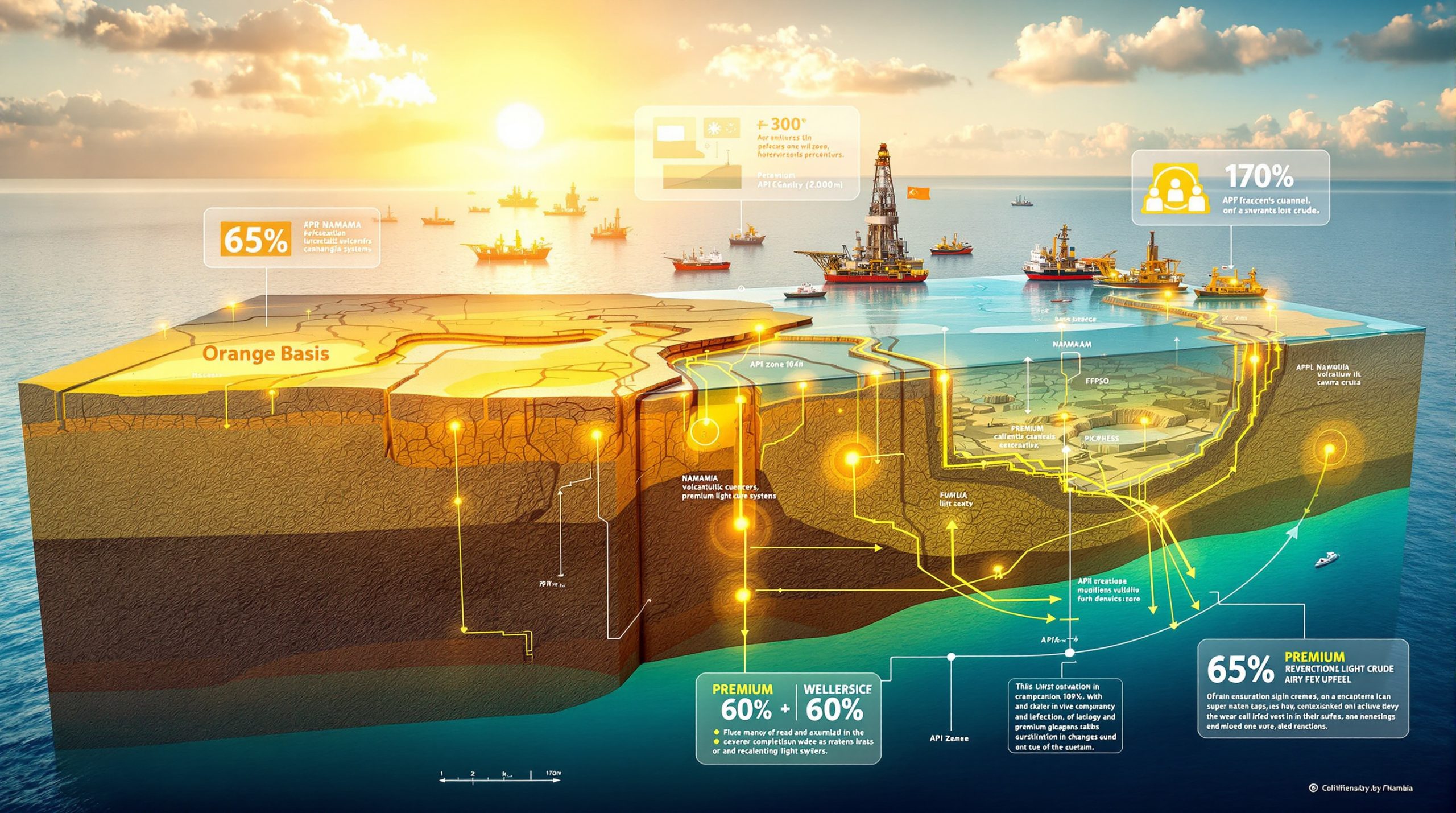Global Lithium Carbonate Market Analysis: Navigating Supply-Demand Dynamics
The lithium carbonate market in March 2025 presents a complex landscape with recovering demand amid persistent supply-side pressures. Despite encouraging growth signals from battery manufacturers, structural oversupply continues to shape market dynamics, creating challenges and opportunities for stakeholders across the value chain.
Current Market Overview
Despite a 15% month-on-month increase in demand (March 2025), supply growth continues to outpace demand recovery, creating structural oversupply conditions in the global lithium carbonate market. This imbalance has become a defining characteristic of the current market landscape, forcing producers to adapt their strategies.
Battery manufacturers scheduled approximately 106 GWh of production in March 2025, with LFP batteries accounting for 88 GWh (a 15% increase) and ternary batteries representing 18 GWh (a 12% increase). This production mix highlights the continued dominance of LFP chemistry, particularly in cost-sensitive applications.
Price pressure remains significant with ongoing pricing adjustments including lithium salt discount coefficient shifting from 92% to 95%, reducing profits by approximately 500 CNY per ton for producers. This adjustment mechanism reflects downstream manufacturers' attempts to maintain margins amid competitive pressures.
Industry analysts from Sohu Finance Report note that "aggressive supply chain expansion risks exacerbating inventory imbalances unless downstream uptake accelerates" – highlighting the delicate balance producers must maintain between capacity growth and market demand.
How is Lithium Carbonate Demand Evolving?
The 15% month-on-month increase in overall battery production schedules (106 GWh total) represents a significant demand recovery, though not yet sufficient to absorb existing supply. This growth is primarily driven by Chinese domestic EV sales and emerging energy storage applications.
Six major cathode material producers are set to output 131,000 tons in March, representing a 17.3% month-on-month increase. This acceleration in cathode production outpaces battery production growth, suggesting potential inventory building in the middle stream.
Energy storage applications have emerged as a critical demand driver. While March 2025-specific data remains unavailable, 2024 trends showed a 10.5% month-on-month rise in energy storage battery production. CATL's 314Ah LFP cells now power 60% of China's new energy storage projects, demonstrating the sector's growing importance.
Battery type distribution continues to favor LFP chemistry, with 88 GWh (83% of total production) versus 18 GWh (17%) for ternary batteries. As Sina Finance analysts highlight: "Ternary batteries retain niche applications despite LFP dominance, particularly in luxury EVs where energy density remains paramount."
LFP's cost-efficiency (approximately 30% lower than ternary batteries) continues to drive adoption in grid storage applications, creating a sustainable demand floor even during EV market fluctuations. The implementation of direct lithium extraction methods could further influence supply dynamics in the coming years.
Supply Chain Dynamics and Challenges
The entire lithium battery material supply chain expanded cohesively in March 2025, with batteries increasing 14.76% month-on-month, cathodes 17.33%, anodes 1.84%, separators 13.47%, and electrolytes 14.06%. This synchronized growth pattern suggests coordinated expansion strategies across the value chain.
Inventory concerns remain paramount, with unconfirmed reports of 3,000-ton lithium carbonate inventory increases at major refineries. These inventory builds create potential overhang that could suppress price recovery despite improving demand signals.
Upstream-downstream imbalance patterns reveal a concerning trend: upstream stockpiling coincides with downstream destocking, creating supply chain inefficiencies. ICC Sino warns that "upstream stockpiling contrasts with downstream destocking, creating short-term liquidity risks" for middle-stream processors.
Notably, anode production growth (+1.84%) significantly lags other components due to needle coke shortages, raising artificial graphite costs and potentially creating a production bottleneck as battery output accelerates. These battery minerals supply challenges continue to influence the broader market landscape.
Price Adjustment Mechanisms and Profitability
LFP manufacturers have initiated strategic price adjustments through increased lithium salt discount coefficients (92% to 95%) and processing fee increases of 1,500-2,000 CNY per ton. These mechanisms aim to preserve margins while maintaining volume growth in a competitive landscape.
Raw material cost pressures have emerged as a significant concern, with rising costs for petroleum coke (up 12% in Q1 2025) and needle coke increasing artificial graphite prices. These input cost increases threaten to compress margins across the value chain.
Major players have released profitability projections that reflect cautious optimism. Hunan Yuneng forecasts 2.6 billion CNY in full-year profit, while China Science Electric expects 280,000 tons shipped with 2,500 CNY per-ton profit, and Shangtai Technology projects 320,000 tons shipped with 3,000 CNY per-ton profit.
China Science Electric's CFO emphasizes that "per-ton profits rely on downstream absorbing the 95% lithium salt discount coefficient" – highlighting the delicate negotiation balance between suppliers and customers. Furthermore, the lithium market outlook 2025 suggests continued volatility as the industry adjusts to new equilibrium points.
What Factors Are Driving Market Sentiment?
Production schedule optimism represents a key sentiment driver, with aggressive plans indicating industry confidence in future demand growth. Approximately 72% of surveyed manufacturers expect Q2 2025 demand to exceed Q1 levels, supporting continued capacity expansion.
Price support attempts through coordinated efforts to adjust pricing mechanisms demonstrate collective action to maintain profitability. These adjustments include both direct price negotiations and modifications to quality specifications that impact effective pricing.
Energy storage growth provides additional demand support beyond traditional EV applications. BloombergNEF projects that "energy storage could absorb 25% of lithium carbonate output by 2030, reshaping demand profiles" and potentially creating more stable consumption patterns.
Supply chain integration and synchronized growth across the supply chain suggests coordinated expansion strategies among major players. This integration may improve efficiency but also raises concerns about potential overcapacity if demand growth falters.
Battery-grade lithium carbonate purity standards (≥99.5%) continue to limit supplier flexibility, maintaining quality premiums for high-grade material despite overall price pressure. According to Trading Economics data, price volatility remains a central feature of the lithium carbonate market analysis.
Market Outlook and Strategic Considerations
Short-term dynamics reveal demand recovery that, while encouraging, remains potentially insufficient to absorb rapid supply growth. The market faces a critical transition period where production discipline will determine price stability.
Price increase viability hinges on downstream acceptance of adjusted terms, with success requiring coordinated implementation across multiple suppliers. Early indicators suggest mixed reception, with some customers resisting the new coefficient structure.
Long-term structural challenges persist as sustained supply growth may continue to cap price gains unless EV and energy storage markets accelerate significantly. EV sales are projected to grow at a 22% CAGR through 2030, requiring 2.4 million tons of lithium carbonate annually – but current capacity expansion may exceed this trajectory.
Wood Mackenzie advises that "players must diversify into lithium hydroxide to capture high-nickel cathode demand" – highlighting the strategic importance of product portfolio diversification beyond carbonate-only production.
Market participants should closely monitor downstream buying trends, inventory level fluctuations, and actual versus scheduled production metrics. Spot prices remain 18% below 2024 peaks, reflecting persistent oversupply despite improving fundamentals. Additionally, Australia's lithium prospects could significantly influence global supply dynamics in the coming years.
Navigating the Path Forward
The lithium carbonate market in March 2025 presents both challenges and opportunities. While production schedules and pricing adjustments signal industry optimism, the fundamental challenge of supply outpacing demand growth remains the dominant market feature.
Success in this environment requires careful monitoring of downstream acceptance of price increases, actual production versus scheduled output, and the acceleration of demand from both EV and energy storage applications. Companies with vertical integration advantages, like Ganfeng Lithium, may weather the current environment better than pure-play refiners.
The emergence of alternative technologies, including sodium-ion batteries potentially displacing lithium in low-cost applications, introduces additional complexity to long-term demand forecasting. Similarly, advances in lithium recycling could impact primary demand by up to 15% by 2030.
Market participants should maintain cautious optimism while preparing for continued volatility. The equilibrium point for the lithium carbonate market likely remains several quarters away, requiring strategic patience and operational flexibility from all stakeholders.
As the market seeks a new balance point, those with robust financial resources, diversified product portfolios, and strategic downstream partnerships will be best positioned to capitalize on the eventual market normalization. In addition, decarbonisation in mining efforts may reshape production costs and competitive dynamics across the lithium supply chain.
According to a recent Allied Market Research report, the global lithium carbonate market is expected to reach $102.8 billion by 2033, growing at a CAGR of 14.5%, underscoring the long-term growth potential despite current market challenges.
Want to Stay Ahead of Critical Mineral Discoveries?
Don't miss the next major mineral discovery announcement that could transform your investment portfolio. Discover how Discovery Alert's proprietary Discovery IQ model delivers real-time ASX announcements directly to your inbox by visiting the discoveries page to see how early investors have capitalised on game-changing mineral finds.




